Ganymede satellite of Jupiter
Galilean moon Ganymede
Ganymede is the largest moon of Jupiter, but also the solar system. It is bigger than Mercury, but with roughly half the mass of Mercury. It was discovered in 1610 by Galileo Galilei and Simon Marius, who named it in honor of Ganymede, the Trojan prince of great beauty, abducted by Zeus, the eagle, while he was tending his flock on Mount Ida in Troas.
Ganymede is composed of silicate and water ice based on a liquid mantle could contain liquid water. In 1972, a team of astronomers detected a thin atmosphere around Ganymede during an eclipse, from a tenuous atmosphere of oxygen, very similar to that of Europe, was confirmed by the Hubble Space Telescope.
The Galileo spacecraft orbiting Jupiter in 2000, was able to zoom in Ganymede. The dark regions on Ganymede are heavily cratered, implying they are very old, while the light regions are younger and dotted grooves. The crater on Ganymede CHRYSOR extends approximately 6000 meters and the crater on Aleyna 12 000 meters. Like our own moon, Ganymede rotates synchronously and always presents the same face toward the planet Jupiter.

Image: Ganymede has a shiny surface speckled with craters. In this detailed mosaic taken by the Galileo spacecraft around Jupiter from 1995 to 2003, the colors of the moon were very different. Credit: Galileo Project, DLR, JPL, NASA
| Ganymede (Jupiter III) | Characteristics |
| Apoapsis | 1 071 600 km |
| Periapsis | 1 069 200 km |
| Semi-major axis | 1 070 400 km |
| Diameter | 5268 km |
| Axial tilt | 0-0.33° |
| Mass | 1.4819×1023 kg |
| Average orbital speed | 10.88 km/s |
| Eccentricity | 0.0013 |
| Orbital period | 7.15455296 d |
| Rotation period | synchronous |
| Inclination to Jupiter's equator | 0.20° |
| Discovered by | Galileo Galilei |
| Discovery date | January 7, 1610 |
Ganymede or extraterrestrial life
This moon is visible at the bottom right of the photo is Ganymede, and the planet Jupiter, seems the monitor. The search for extraterrestrial life in our own solar system looks at Ganymede who might have liquid oceans under the surface.
She is one of the moons, Europa and Callisto as seas where liquid water may be present in the surface layers of ice.
The hypothesis of the ocean was seen as an explanation for the unusually strong magnetic field of Ganymede.
Ganymede, the largest moon in the solar system, also has the largest measured magnetic field of all the moons.
Exobiologists Some speculate that life may be able to emerge in such an ocean, just as in ancient oceans of the Earth. As the moon Ganymede keeps the same face toward its central planet, Jupiter.
If Ganymede was in orbit around the Sun, it would be considered a planet because it is larger than the planet Mercury. In 1999, a debris disk in the form of ring was detected as for Europe and Callisto.
Galileo spacecraft that orbited Jupiter from December 1995 to September 2003 was also observed Ganymede.
That Galileo has provided evidence of the existence of a magnetic field, a thin atmosphere and a layer of water below the surface.
Ganymede will again be revisited during the space mission Europa Jupiter System Mission, planned in the 2020s.
Image: Credit: Cassini Imaging Team, Cassini Project, NASA

Moons of Jupiter
Jupiter, the largest planet in our solar system is surrounded by more than 60 moons.
The moons of Jupiter were first discovered in 1610. Galileo Galilei discovered at that time the four largest Jovian satellites system Io, Europa, Ganymede and Callisto.
These Galilean moons called for, were the first to be observed except that of Earth. Today, thanks to space probes, we have a more comprehensive view of the Jovian system. This is the series of Voyager missions which helped lift the veil on the Jovian system by discovering in 1979, Metis, and Thebe Adrastea.
Before the space age, astronomers have discovered Amalthea (1892), Himalia (1904), Elara (1905), Pasiphae (1908), Sinope (1914), and Lysithea Carme (1938), Ananke (1951), Leda (1974 ) and Themisto (1975. Between 1979 and 1999, no new satellite of Jupiter was not discovered and it was not until October 6, 1999, for the Spacewatch program discovers a new moon to Jupiter, Callirrhoe.
Observations in 2000 revealed ten new moons, bringing the number of satellites to 28 after the rediscovery of Themisto, Kalyke, Iocasta, Erinome, Harpalyke, Isonoe, Praxidike, Megaclite, Taygete, Chaldene and S/2000 J 11.
The following year, eleven other moons were discovered, bringing the total to 39, Hermippe, Eurydome, Sponde, Kale, Autonoe, Thyone, Pasithee, Euanthe, Orthosie, Europie, Aitne.
In 2002, only one moon, Arche, was discovered.
In 2003 there discovered 23 new satellites, Eukelade, S/2003 J 2, S/2003 J 3, S/2003 J 4, S/2003 J 5, Helice, Aoede, hegemone, S/2003 J 9, S / 2003 J 10, Kallichore, S/2003 J 12, Cyllene, S/2003 J 14 S/2003 J 15 S/2003 J 16 S/2003 J 17 S/2003 J 18 S/2003 J 19 , Carpo, Mneme, Thelxinoe and S/2003 J 23. Most of the 47 satellites discovered after the 2000s are small moons of a few kilometers in diameter, the largest accounting for just 9 km. In 2006, 63 were known moons of Jupiter, the record of the solar system.
Articles on the same theme
1997 © Astronoo.com − Astronomy, Astrophysics, Evolution and Ecology.
"The data available on this site may be used provided that the source is duly acknowledged."
How Google uses data
Legal mentions
English Sitemap − Full Sitemap
Contact the author
 Moons in the Shadow: Jupiter's Most Discreet Satellites
Moons in the Shadow: Jupiter's Most Discreet Satellites  Moon Phases
Moon Phases  Apollo 8: The Photo That Shook the World
Apollo 8: The Photo That Shook the World  The largest objects in the solar system
The largest objects in the solar system 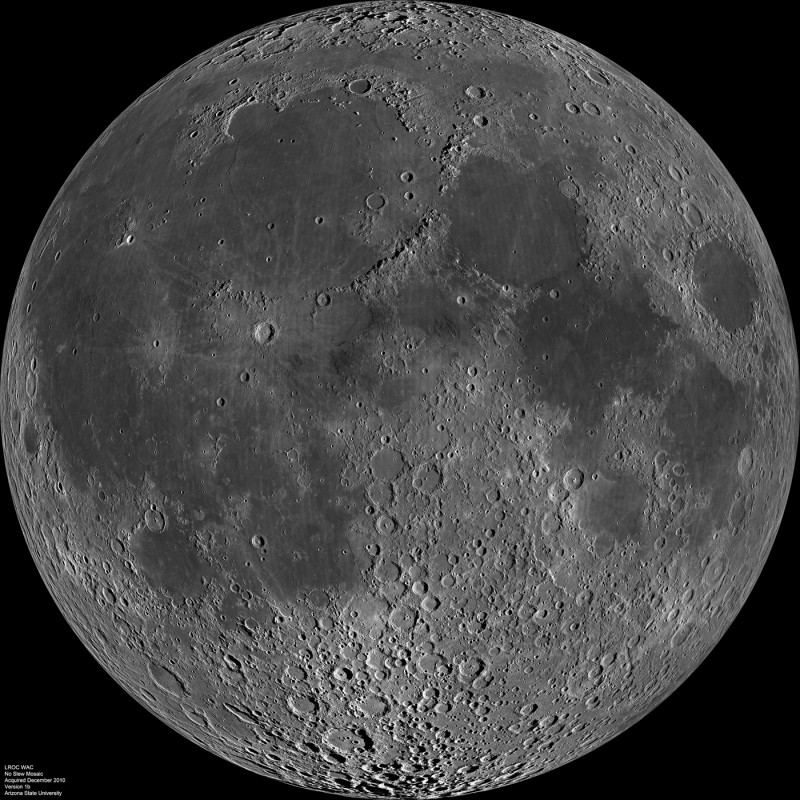 The Moon of the earth
The Moon of the earth 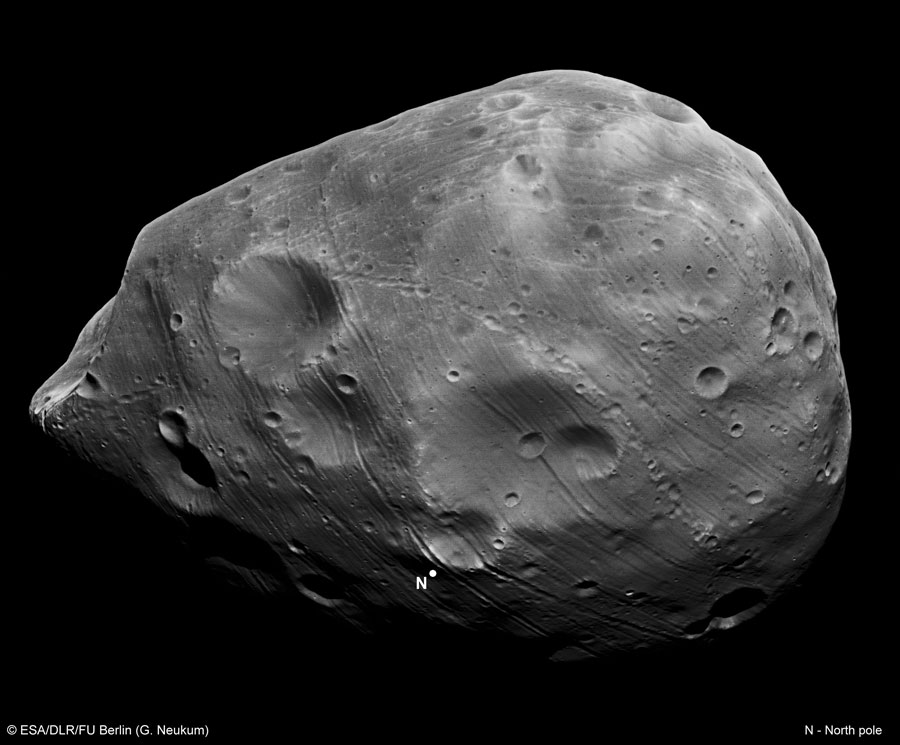 Phobos, will crash into Mars
Phobos, will crash into Mars 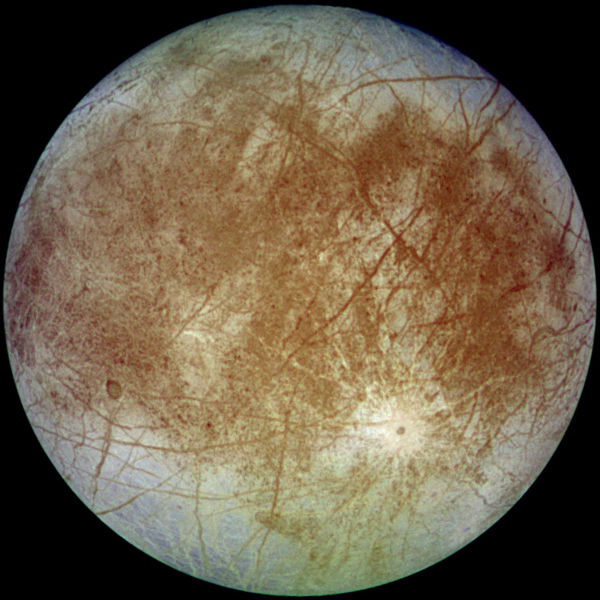 Europa, moon of Jupiter
Europa, moon of Jupiter 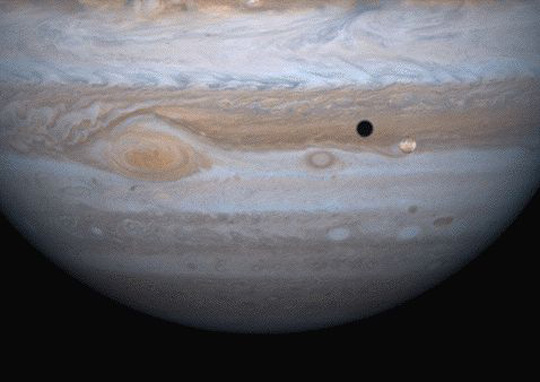 Io, moon of Jupiter
Io, moon of Jupiter 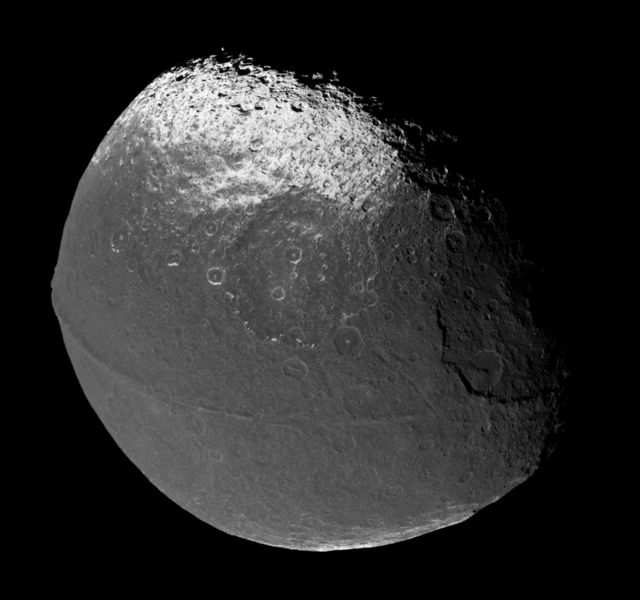 Iapetus, moon of Saturn
Iapetus, moon of Saturn 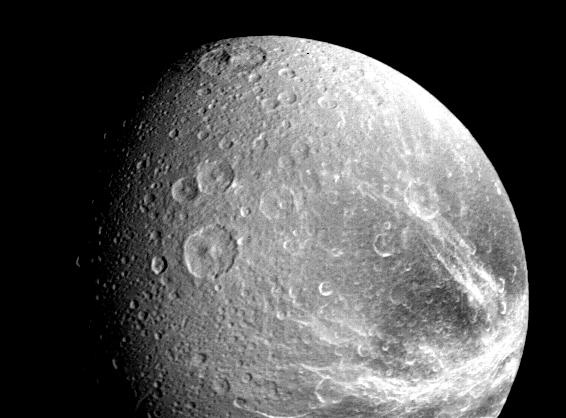 Dione, moon of Saturn
Dione, moon of Saturn  Mimas, moon of Saturn
Mimas, moon of Saturn  Impact theory at the origin of the Moon
Impact theory at the origin of the Moon 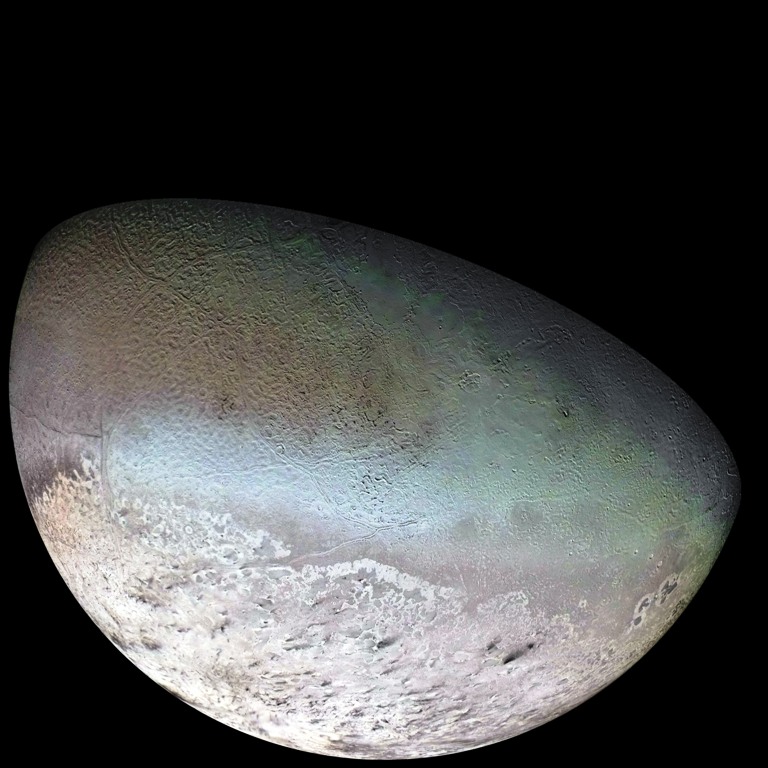 Neptune's moons
Neptune's moons 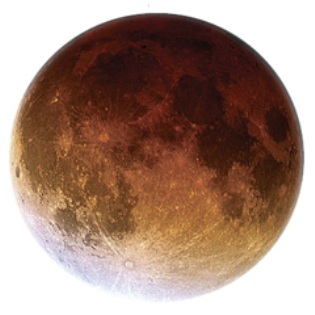 Lunar Eclipse, Celestial Concordance
Lunar Eclipse, Celestial Concordance  Pluto and its satellites
Pluto and its satellites 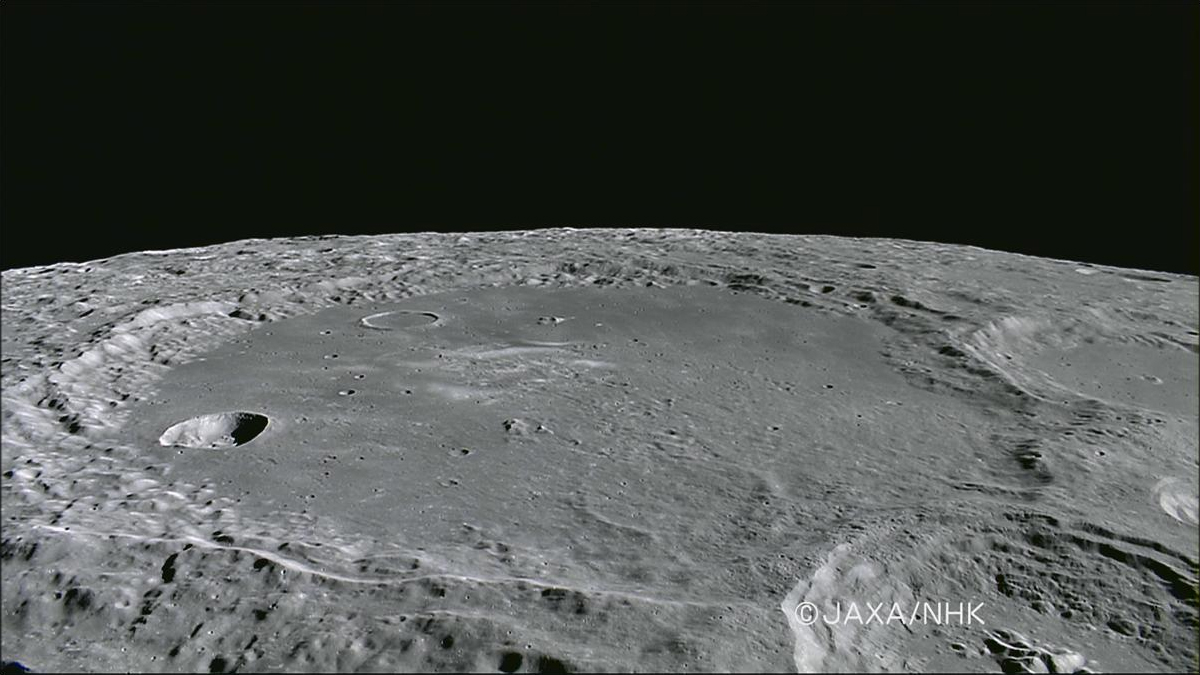 The Large Craters of the Moon
The Large Craters of the Moon  Hyperion, moon of Saturn
Hyperion, moon of Saturn 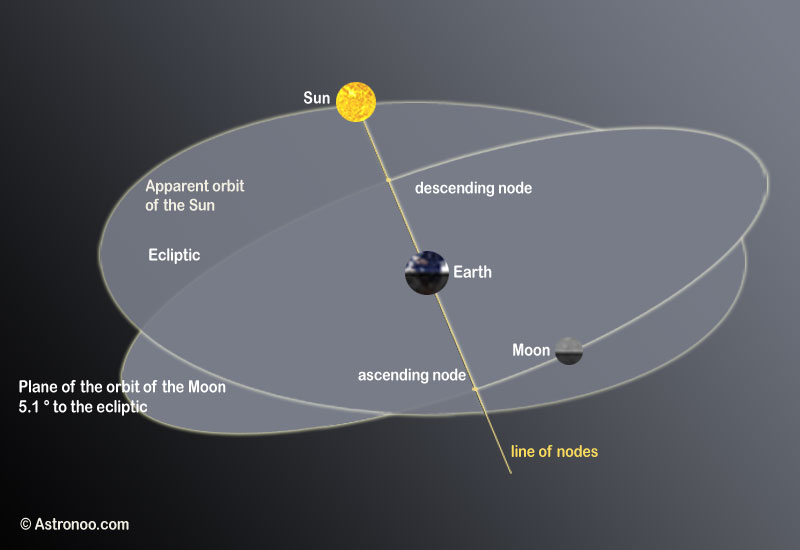 Eclipses explained by the plane of the lunar orbit
Eclipses explained by the plane of the lunar orbit 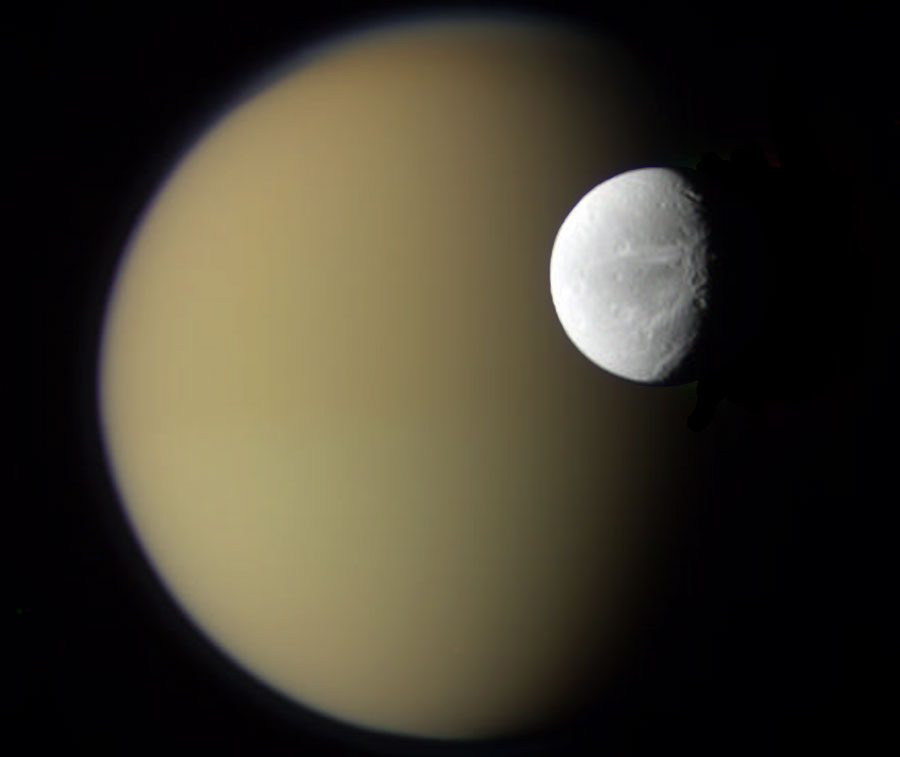 Titan and Dione seen by cassini
Titan and Dione seen by cassini 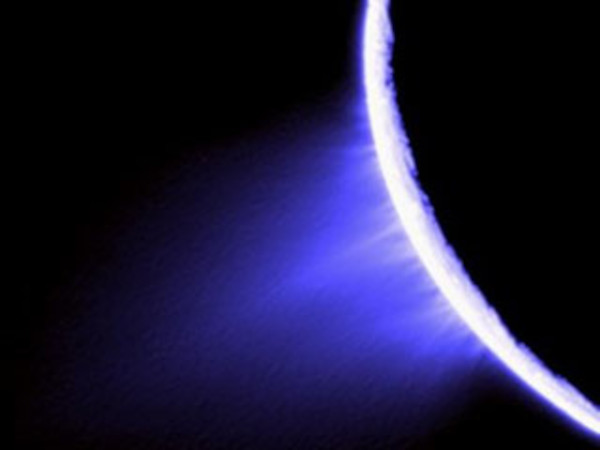 Eruptions of ice geysers on Enceladus
Eruptions of ice geysers on Enceladus  Amalthea, a block remnant of Jupiter
Amalthea, a block remnant of Jupiter 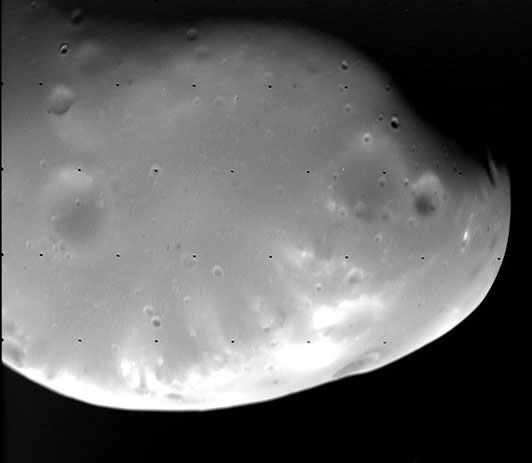 Deimos, moon of Mars
Deimos, moon of Mars  Moon Illusion
Moon Illusion 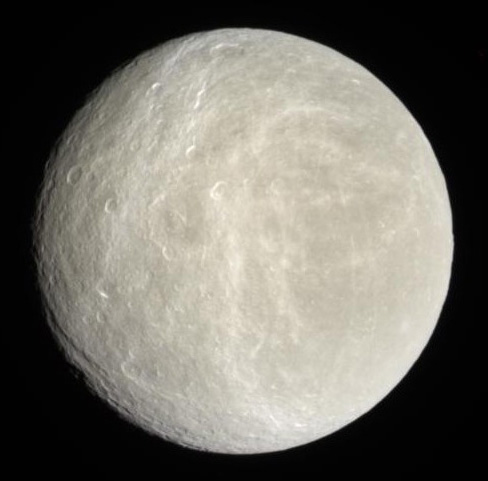 Little Rhea, very close to Saturn
Little Rhea, very close to Saturn 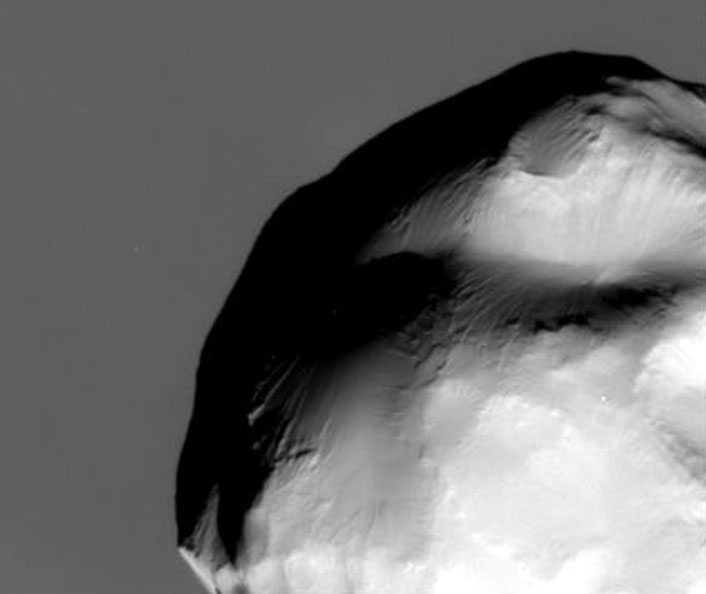 Helen, the small Trojan moon of Saturn
Helen, the small Trojan moon of Saturn  Titania, moon of Uranus
Titania, moon of Uranus 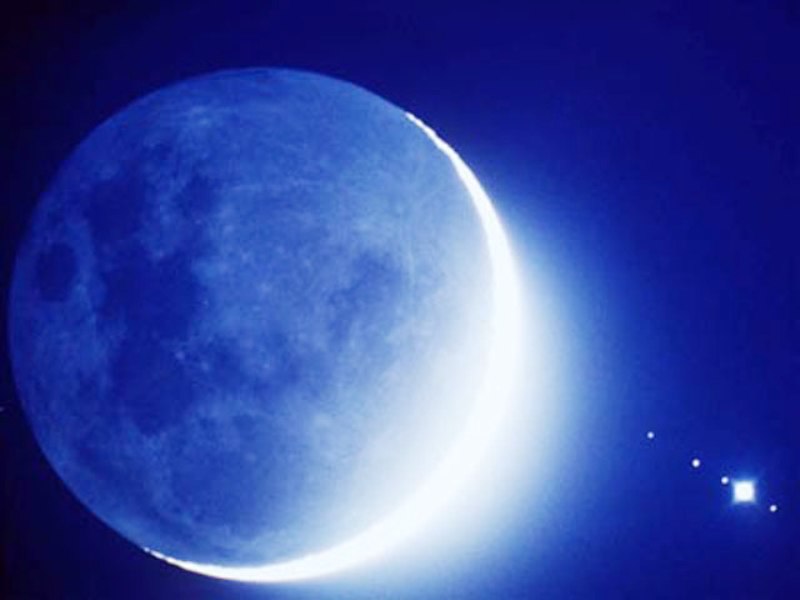 The Blue Moon
The Blue Moon 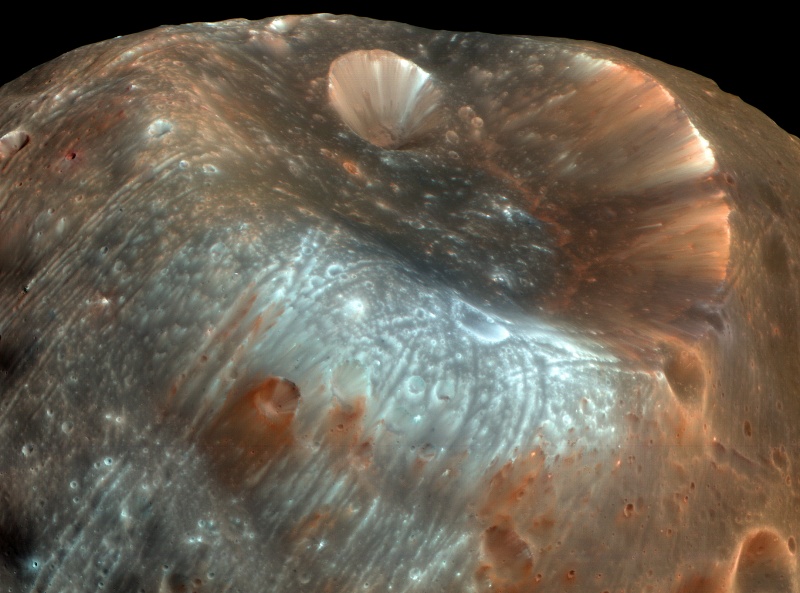 Stickney Crater on Phobos
Stickney Crater on Phobos  Charon and Pluto: An Inseparable Duo
Charon and Pluto: An Inseparable Duo  Roche Limit or Roche Radius
Roche Limit or Roche Radius  Super Moon
Super Moon  The Satellite Worlds of the Solar System: Hidden Oceans, Ice Volcanoes, and Fleeting Atmospheres
The Satellite Worlds of the Solar System: Hidden Oceans, Ice Volcanoes, and Fleeting Atmospheres  Ganymede, Jupiter's largest moon
Ganymede, Jupiter's largest moon 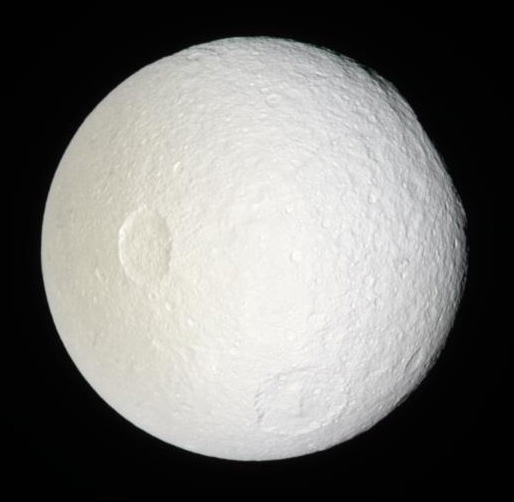 Tethys, Moon of Saturn
Tethys, Moon of Saturn 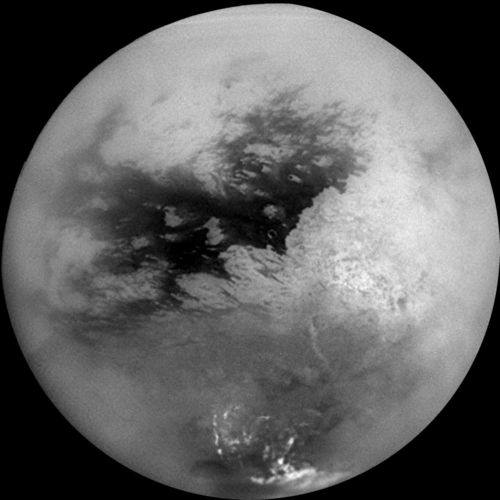 Titan, moon of Saturn
Titan, moon of Saturn  Prometheus, the shepherd satellite of Saturn
Prometheus, the shepherd satellite of Saturn  Miranda: Uranus' Moon of a Thousand Scars
Miranda: Uranus' Moon of a Thousand Scars 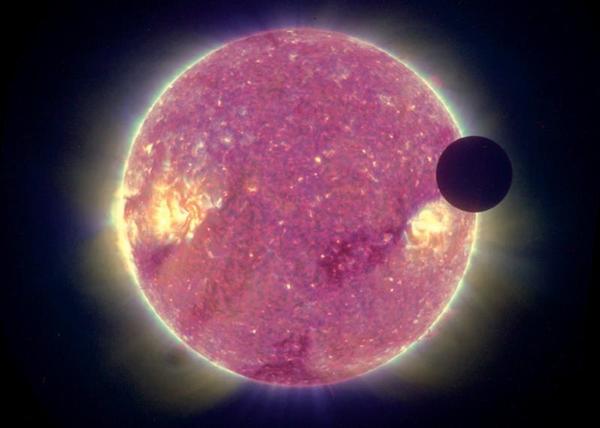 Transit of the Moon in front of the Sun
Transit of the Moon in front of the Sun  Mascons: Lunar Gravitational Anomalies
Mascons: Lunar Gravitational Anomalies